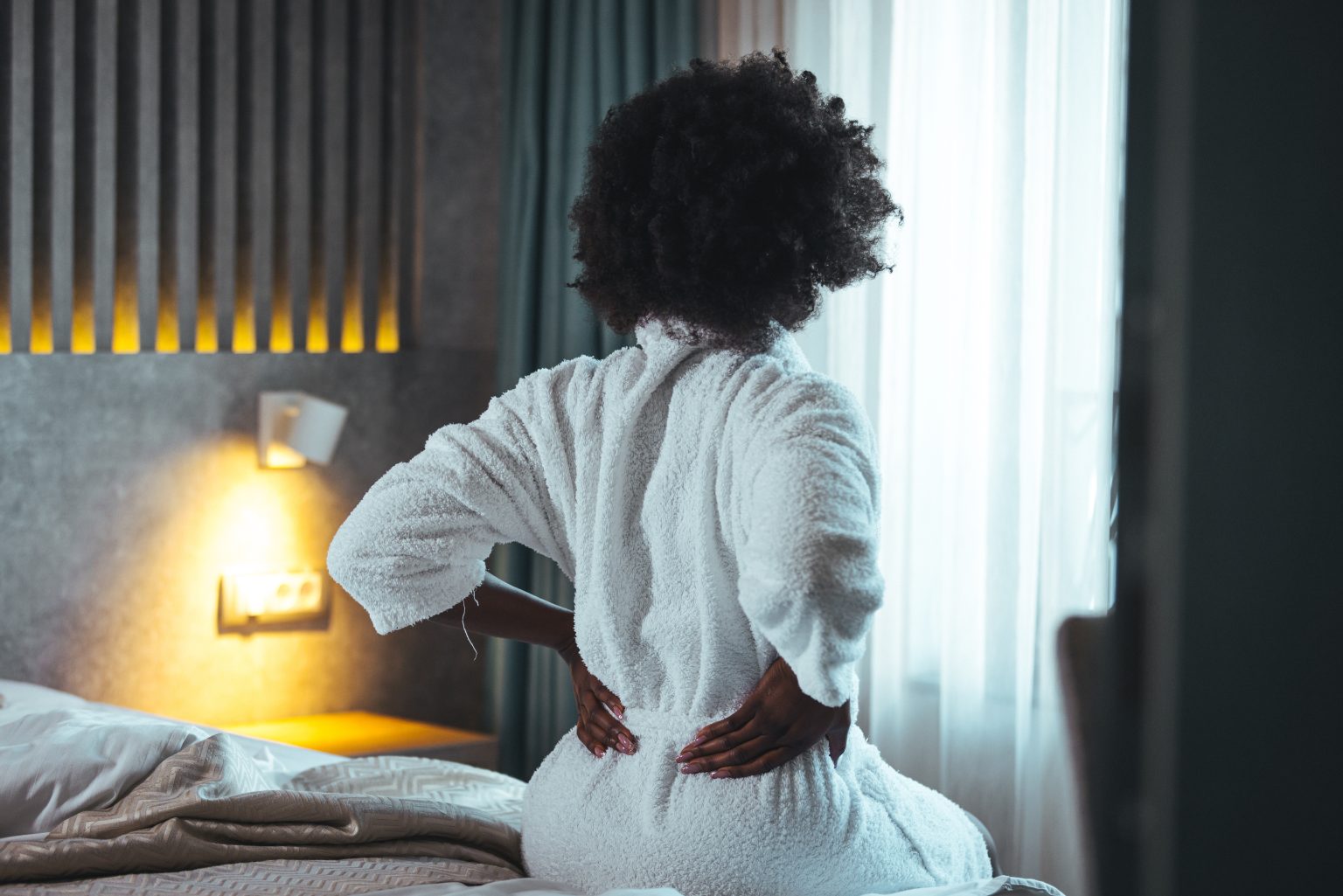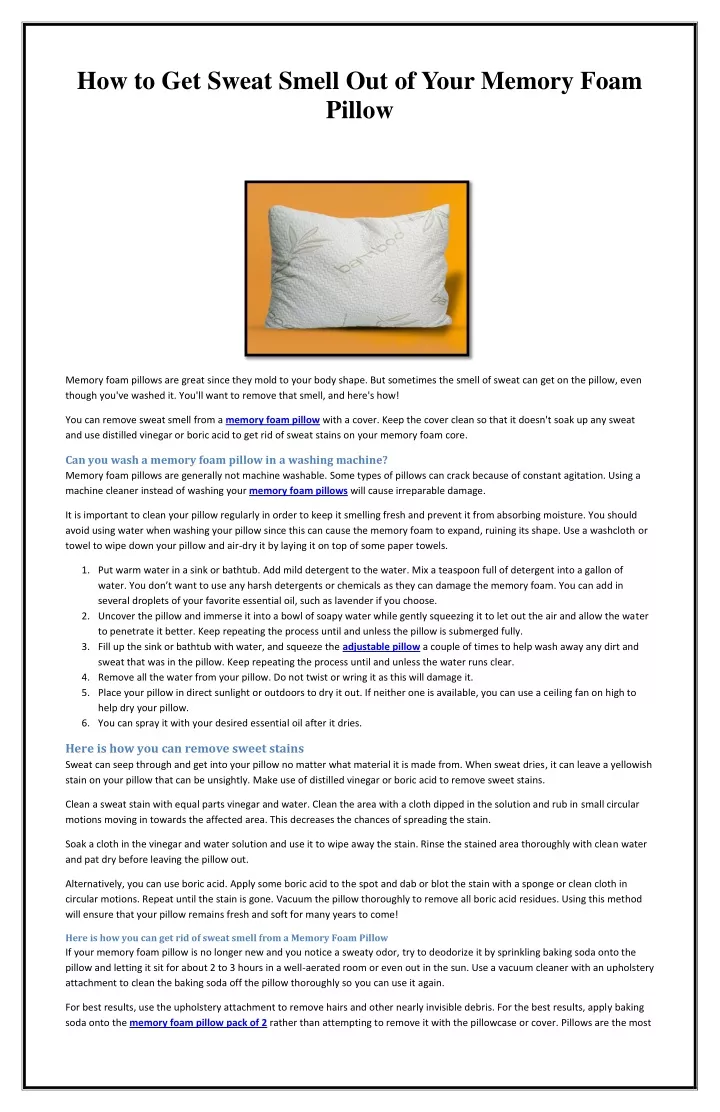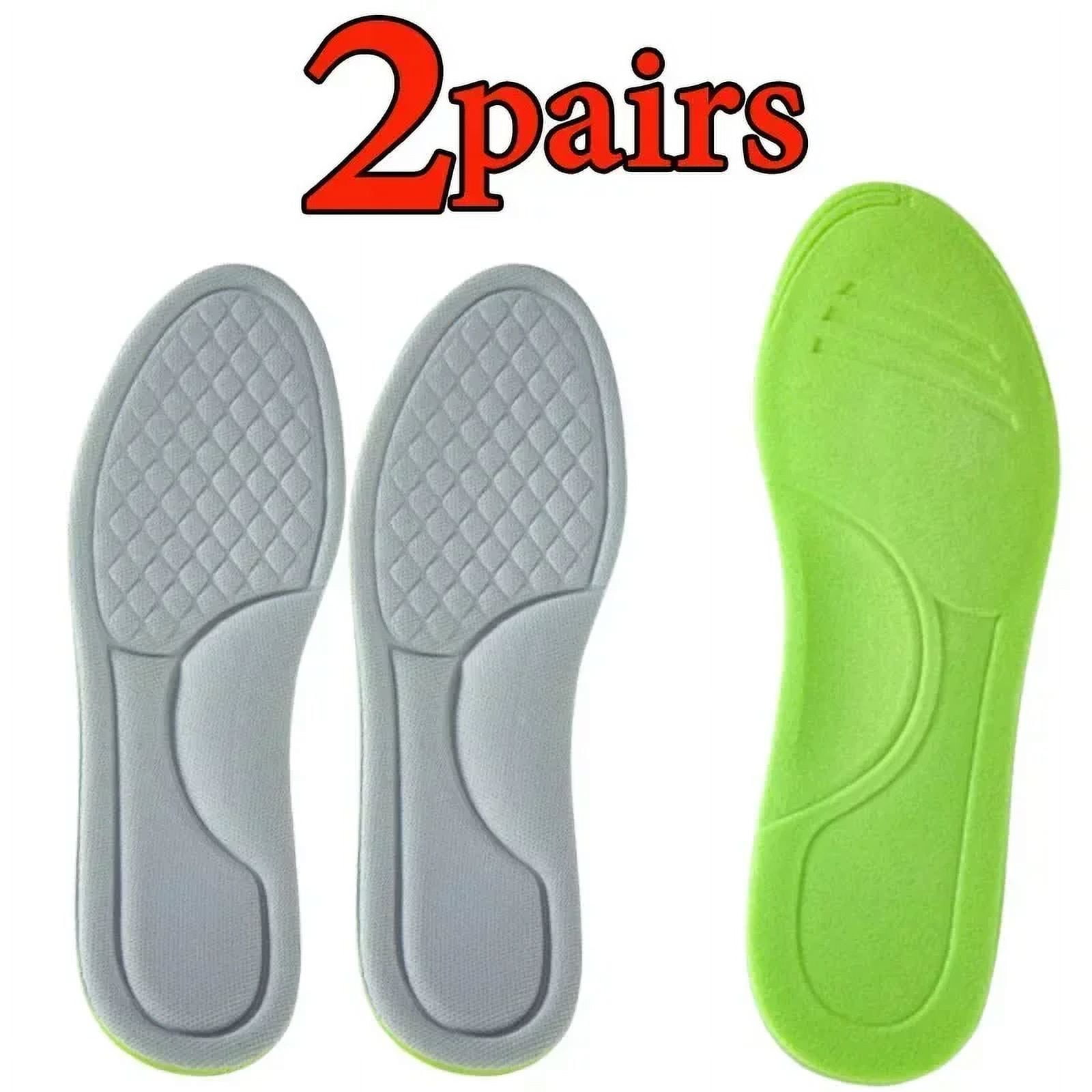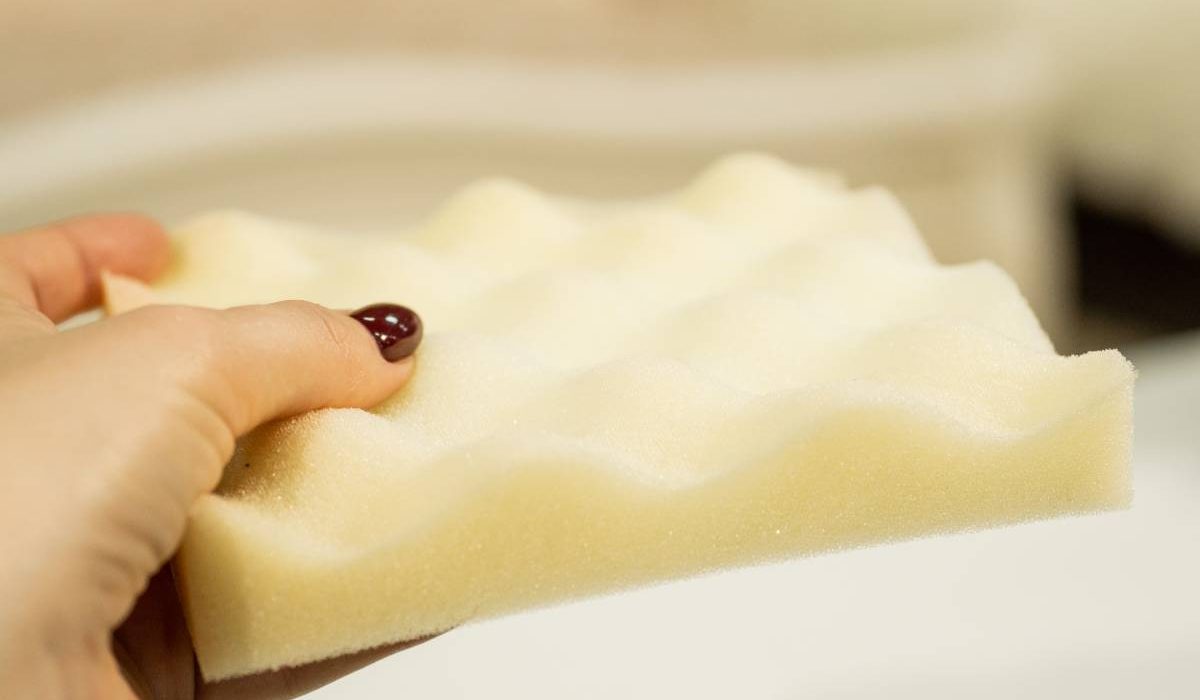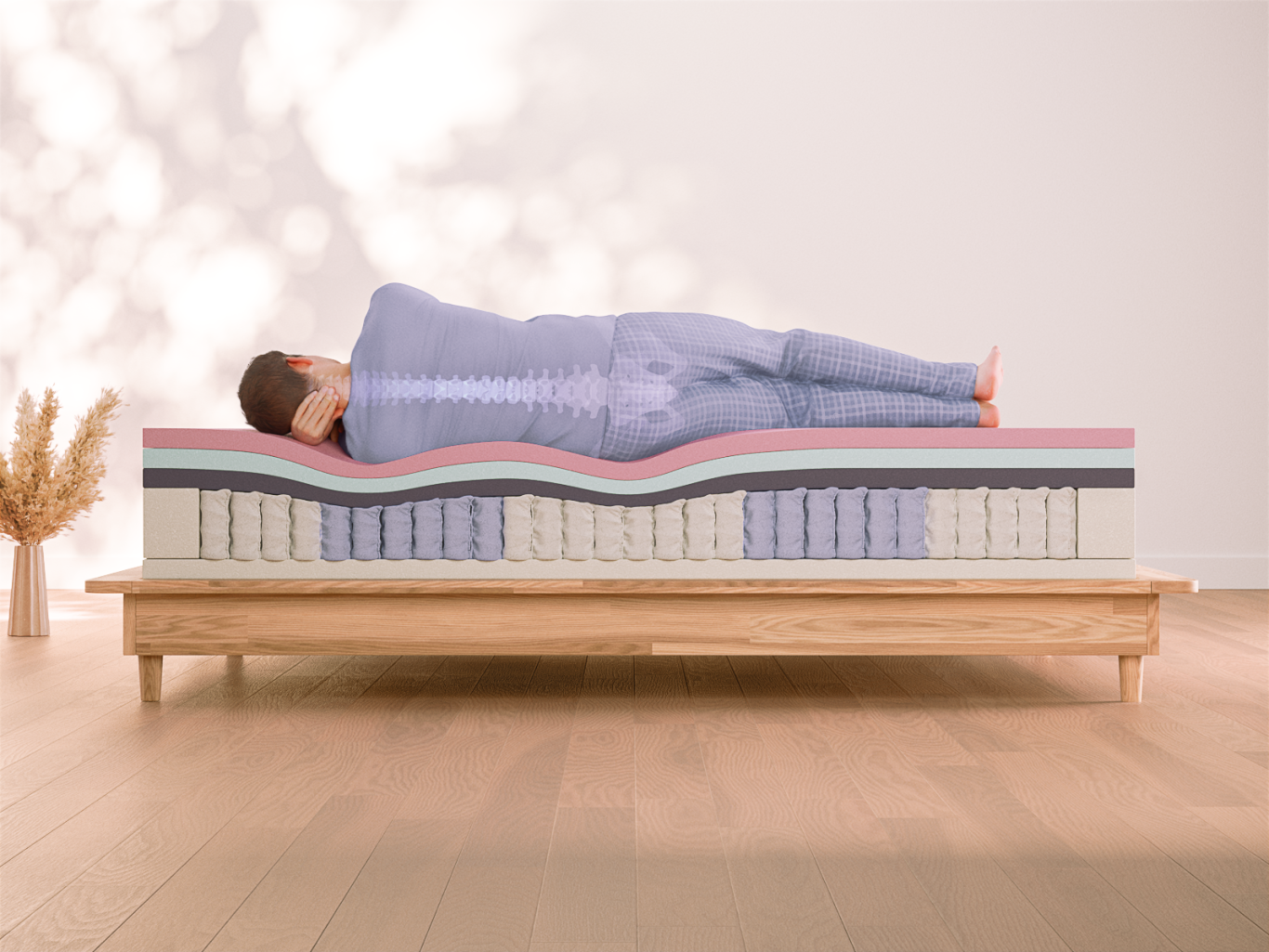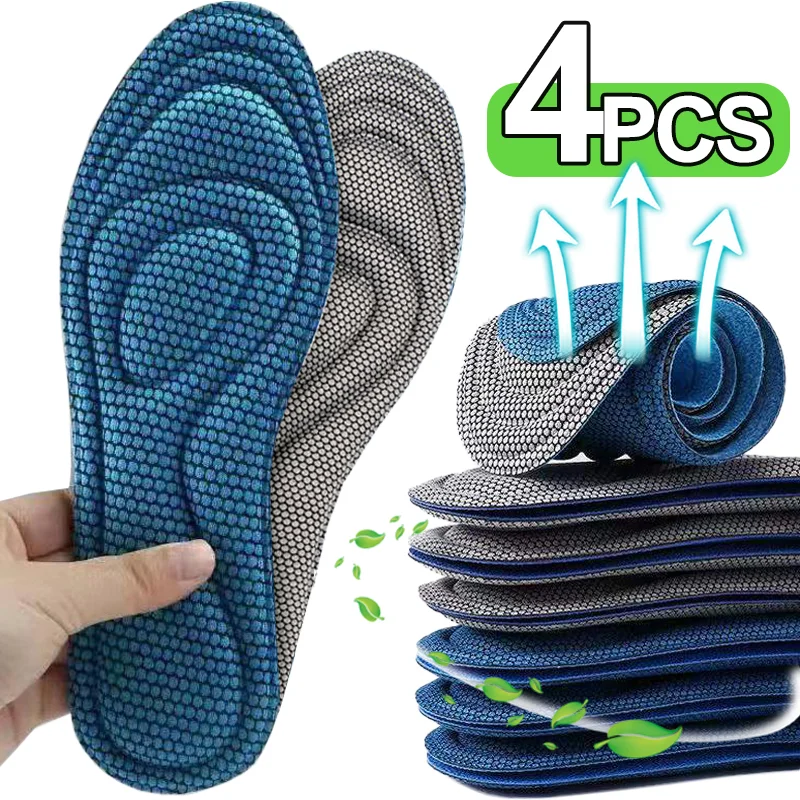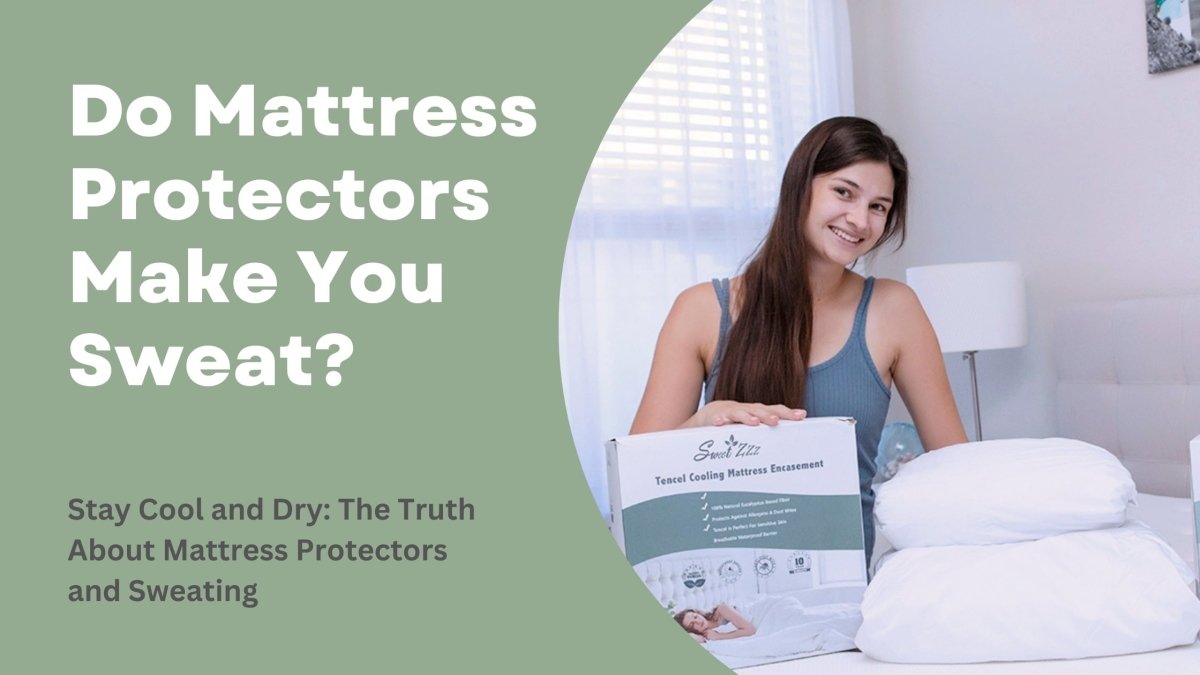Does Memory Foam Make You Sweat
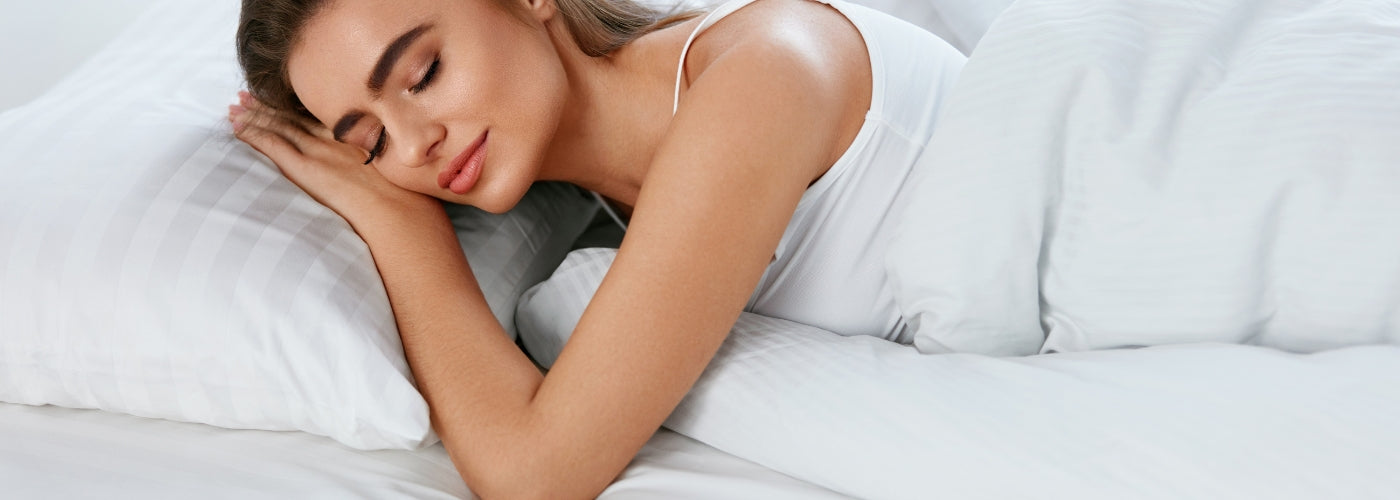
For years, memory foam has reigned supreme in the bedding industry, lauded for its pressure-relieving comfort and conforming support. But a common complaint lingers: Does memory foam make you sweat? The answer, as it turns out, is complex and nuanced, influenced by factors ranging from foam density to individual physiology.
This article delves into the science behind memory foam and its relationship with body temperature, examining the claims and exploring potential solutions for those seeking a cooler night's sleep. We will investigate the key elements that contribute to heat retention and explore ways to mitigate these effects, allowing consumers to make informed decisions about their bedding choices.
The Science of Memory Foam and Heat
Memory foam, technically known as viscoelastic polyurethane foam, is designed to contour to the body's shape, distributing weight and reducing pressure points. This property arises from the foam's dense structure, which allows it to compress and recover slowly. However, it is this density that can also contribute to heat retention.
Unlike traditional innerspring mattresses with open air spaces, memory foam's tightly packed cells can restrict airflow. This limited ventilation traps body heat, potentially leading to discomfort and night sweats, especially in warmer climates or for individuals who naturally sleep hot.
Density Matters
The density of memory foam plays a significant role in its breathability. Higher density foams, while offering superior support and durability, tend to be less breathable due to their tighter cell structure. Lower density foams, on the other hand, allow for more airflow but may not provide the same level of pressure relief or long-term support.
Manufacturers often express foam density in pounds per cubic foot (PCF). A higher PCF indicates a denser foam. Consumers concerned about overheating might consider opting for lower-density memory foam options or exploring alternative materials altogether.
The Role of Viscosity
Viscosity, another critical property of memory foam, refers to its resistance to flow. Higher viscosity foams conform closely to the body, which can further restrict airflow and trap heat. Conversely, lower viscosity foams offer a more responsive feel and may allow for better ventilation.
The ideal balance between density and viscosity depends on individual preferences and sleeping habits. Some sleepers prioritize support and pressure relief, while others prioritize breathability and temperature regulation.
Addressing the Heat Issue: Innovations and Solutions
Recognizing the concerns surrounding heat retention, manufacturers have developed various technologies aimed at improving the breathability of memory foam. These innovations focus on enhancing airflow, wicking away moisture, and regulating temperature.
Open-Cell Technology
One common approach is the use of open-cell memory foam. This type of foam features larger, interconnected cells that allow for greater airflow compared to traditional closed-cell memory foam. Open-cell technology helps dissipate heat and prevent moisture buildup, promoting a cooler sleeping environment.
Open-cell foam often comes at a slightly higher cost, but many consider it a worthwhile investment for those prone to overheating.
Gel-Infused Memory Foam
Another popular innovation is gel-infused memory foam. Gel particles are incorporated into the foam matrix, providing a cooling effect by absorbing and dissipating heat. Some gel infusions are also designed to draw heat away from the body, further enhancing temperature regulation.
It's important to note that the effectiveness of gel infusions can vary depending on the type and concentration of gel used. Consumers should research the specific gel technology employed and read reviews to gauge its cooling performance.
Phase Change Materials (PCMs)
Some manufacturers are incorporating Phase Change Materials (PCMs) into their memory foam products. PCMs are substances that absorb and release heat as they transition between solid and liquid states. By regulating temperature at the surface of the mattress, PCMs can help maintain a comfortable sleeping environment.
PCMs are often used in conjunction with other cooling technologies, such as open-cell foam and gel infusions, to maximize their effectiveness.
Beyond the Foam: Other Factors to Consider
While the type of memory foam plays a crucial role in temperature regulation, other factors can also contribute to overheating. These include bedding materials, room temperature, and individual physiology.
Choosing breathable bedding materials, such as cotton or linen, can significantly improve airflow and reduce moisture buildup. Maintaining a cool room temperature and using a fan or air conditioner can also help create a more comfortable sleeping environment.
Individuals who tend to sleep hot may also consider consulting with a healthcare professional to rule out any underlying medical conditions that could be contributing to night sweats.
The Verdict: Memory Foam and Sweat – A Complex Relationship
Ultimately, the relationship between memory foam and sweat is multifaceted. While traditional memory foam can contribute to heat retention, advancements in foam technology and bedding materials offer potential solutions for mitigating these effects. The choice of whether or not to use memory foam depends on individual preferences, sleeping habits, and environmental factors.
By understanding the science behind memory foam and exploring the various cooling technologies available, consumers can make informed decisions about their bedding choices and create a sleep environment that promotes comfort and restful sleep. Careful consideration of foam density, construction, and accompanying bedding can lead to a cooler, more comfortable night's sleep.









![Does Memory Foam Make You Sweat Polyurethane Foam Vs Memory Foam – Differences [What is Better? Why?]](https://memoryfoamlab.com/wp-content/uploads/2022/01/Is-memory-foam-bad-for-your-back-1024x576.jpg)
